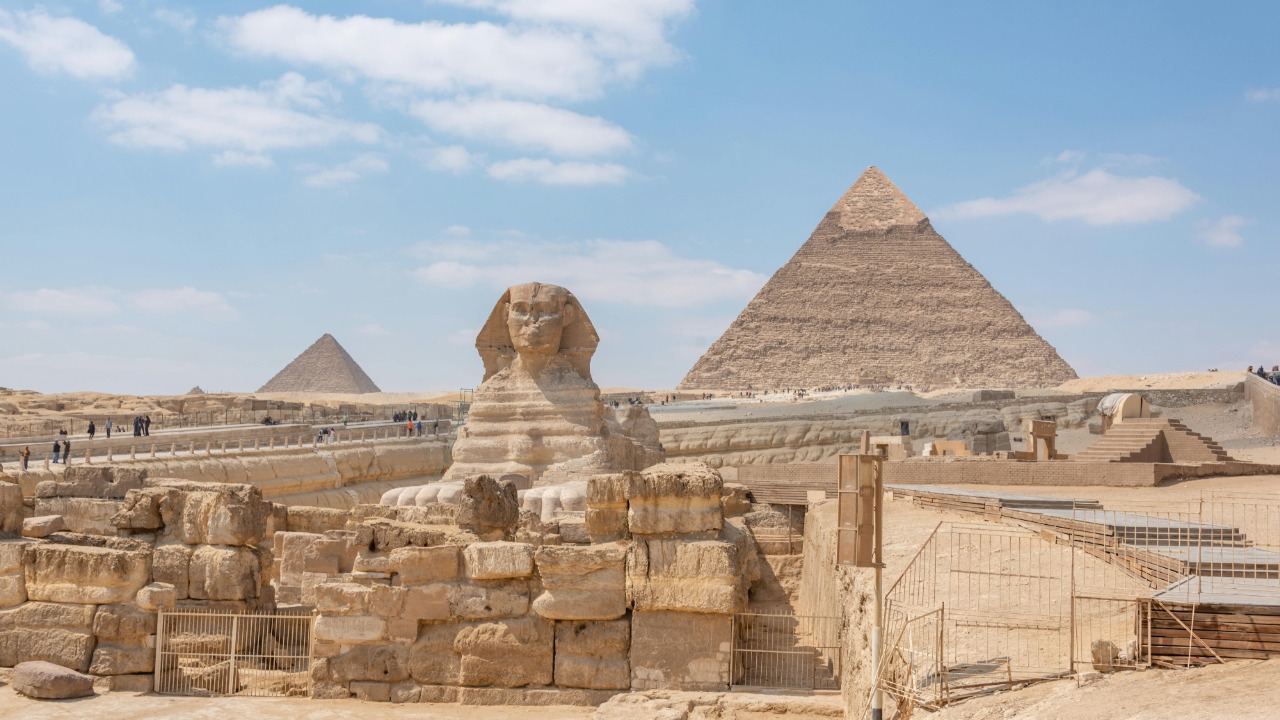
The Great Sphinx of Giza, a colossal statue with the body of a lion and the head of a human, continues to baffle archaeologists and historians alike. Despite its worldwide recognition, many aspects of this ancient monument remain shrouded in mystery. However, recent archaeological discoveries and advancements in technology are offering fresh perspectives on its age, construction, symbolism, and the intriguing theory of hidden chambers within its structure.
The Age of the Great Sphinx
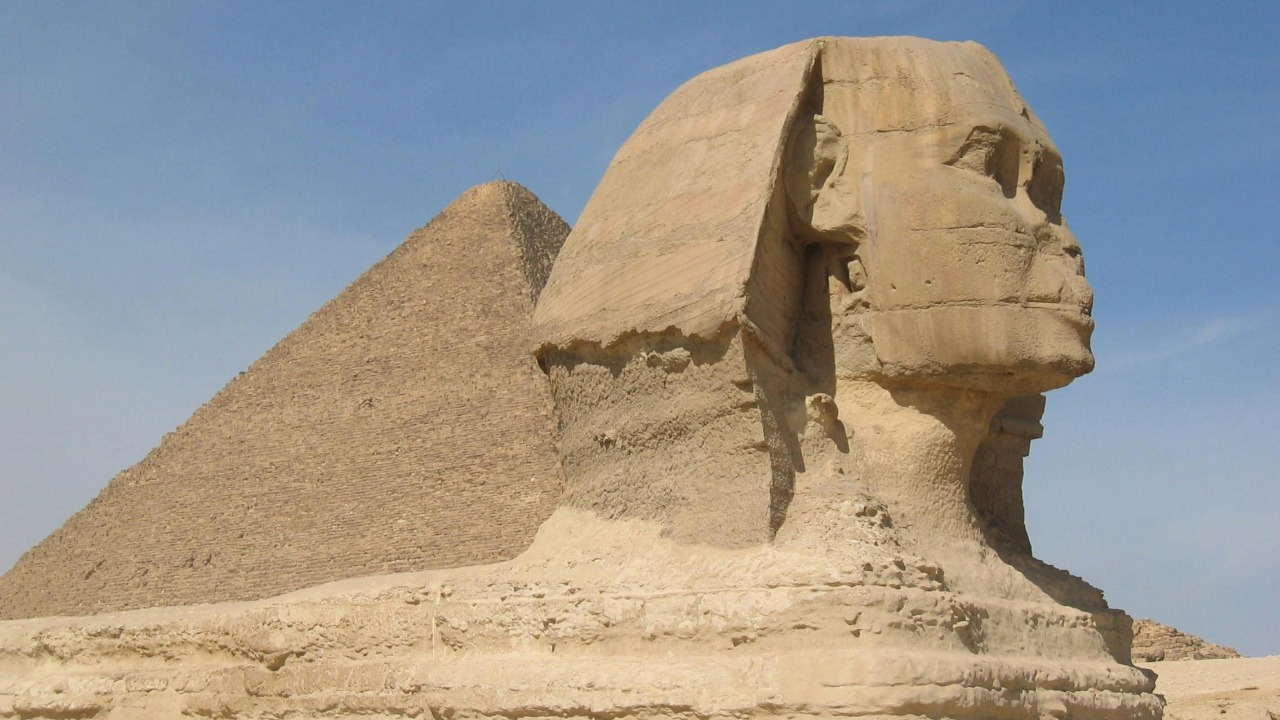
The age of the Sphinx has long been a topic of debate among scholars. Traditional Egyptologists posit that it was built during the reign of Pharaoh Khafre, around 2500 BCE. This theory aligns with historical records and the architectural style of the period. However, some geologists argue that weathering patterns on the Sphinx suggest an older age, possibly dating back to a pre-dynastic era.
Recent archaeological work has unveiled new evidence supporting both sides of the argument. In his book, “The Sphinx Mystery,” Robert Temple presents compelling arguments for an earlier date, while others maintain the traditional timeline. The debate continues, and each new piece of evidence adds another layer to our understanding of this enigmatic monument.
Construction and Restoration of the Sphinx
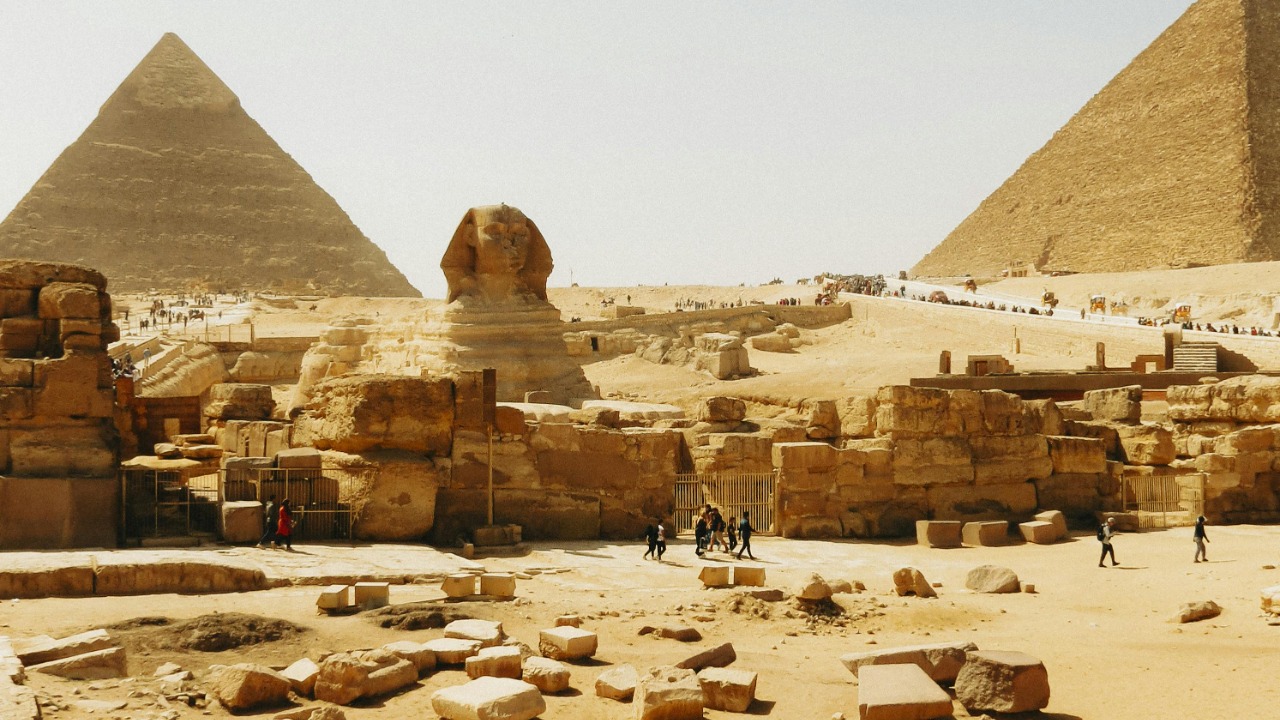
How the ancient Egyptians constructed the Sphinx, and with what materials, is another area of ongoing research. The conventional belief is that the monument was carved directly from the limestone bedrock using copper and stone tools. Some researchers are now suggesting that the ancients may have used a form of concrete to shape certain features, a theory that challenges our understanding of ancient Egyptian technology.
Over the centuries, the Sphinx has undergone several restoration attempts, the earliest believed to have been carried out during the New Kingdom period. These attempts have left their mark, and in some cases, caused further damage. Today, modern conservation techniques are being used to preserve this remarkable monument for future generations.
The Symbolism and Cultural Significance of the Sphinx

The Sphinx holds a prominent place in ancient Egyptian culture and mythology. Often seen as a symbol of royal power and divine protection, it is closely associated with the sun god Ra. Recent research, as detailed in “The Complete Pyramids,” suggests that the Sphinx also played a crucial role in the Giza plateau complex’s celestial alignments and ceremonial activities.
From ancient times to the modern era, the Sphinx’s cultural significance has evolved. It has served as a potent symbol of Egypt’s ancient past, inspiring countless works of art, literature, and film. Today, it stands not only as a testament to the ingenuity of the ancient Egyptians but also as a symbol of the enduring allure of the mysteries of antiquity.
The Mystery of the Sphinx’s ‘Hidden Chambers’
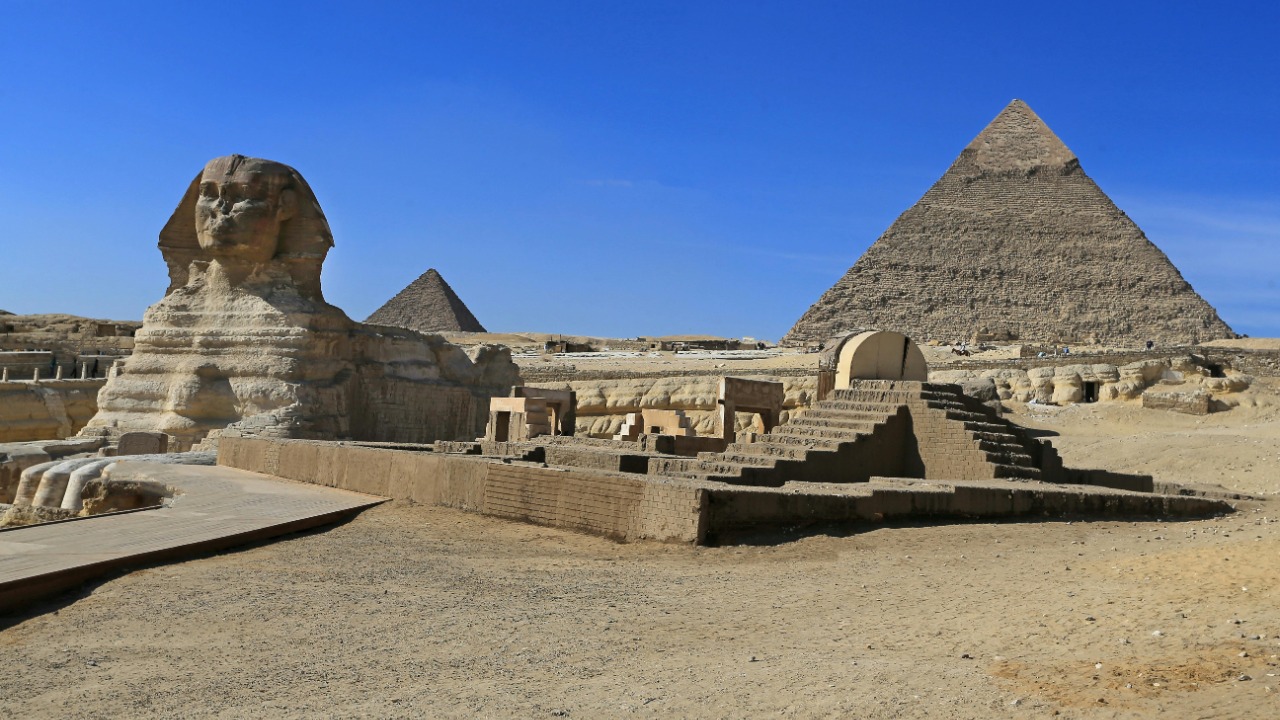
Rumors and legends of hidden chambers or passages within the Sphinx have persisted for centuries. As early as the 1930s, excavations and explorations were carried out in search of these mythical spaces, but with little success.
However, recent investigations using advanced technology, like ground-penetrating radar, have provided some tantalizing clues. Some researchers believe they have detected anomalies that could indicate the presence of unknown cavities within the structure. While these findings are yet to be confirmed, they open up exciting possibilities for understanding the Sphinx and ancient Egyptian civilization.
The Future of Sphinx Research
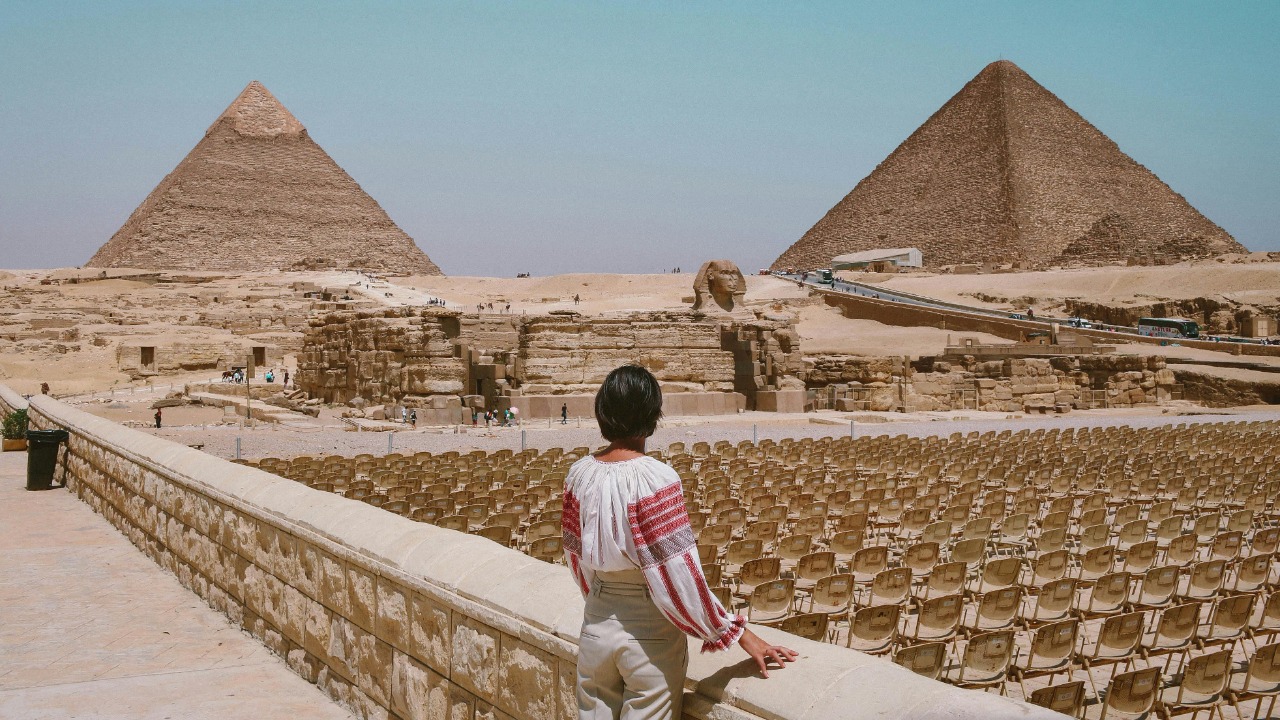
Researching the Sphinx is fraught with challenges and controversies. The monument’s fragile state necessitates careful handling, and debates over access for further study continue. Despite these difficulties, archaeologists remain undeterred in their quest to unravel the Sphinx’s secrets.
Thanks to technological advancements, the future of Sphinx research looks promising. Upcoming projects, such as the “Scan Pyramids” mission, are using non-invasive methods like muon tomography and infrared thermography to explore the monument. As we continue to push the boundaries of technology and archaeological practice, who knows what yet-to-be-discovered secrets the Sphinx might still hold?